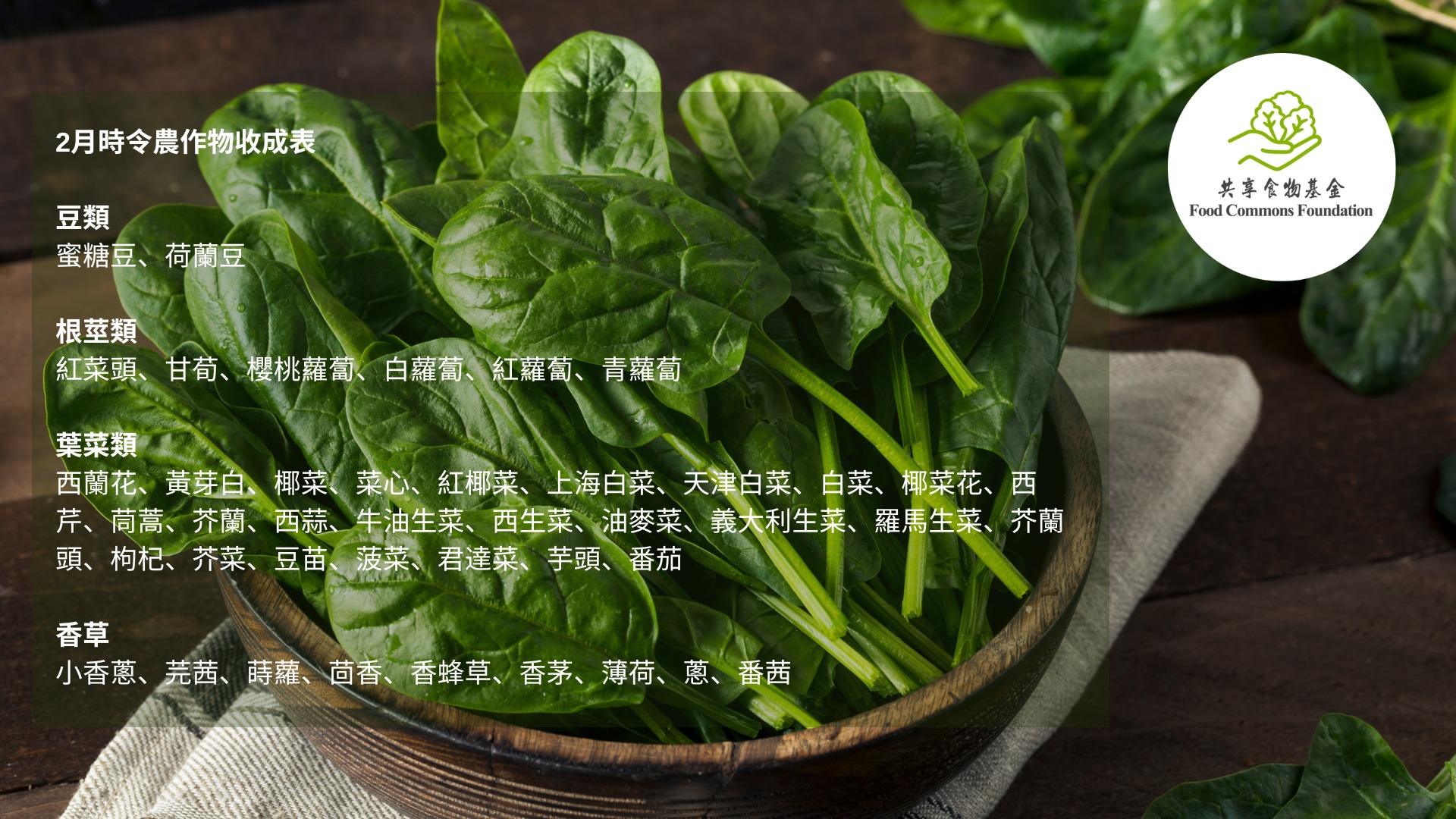

News
Seasonal Crops of February
![]() 2024-02-04
2024-02-04
Today is the first of 24 solar terms, Spring Commences. It marks the beginning of spring. At the beginning of spring, the weather gradually warms up, and germs begin to grow and reproduce. It is recommended to frequently open windows for ventilation to maintain indoor fresh air circulation, reduce the conditions for germs to breed and engage in moderate to low-intensity exercise to enhance physical fitness. In terms of diet, it is advised to eat liver-nourishing food, such as spinach, mustard greens, and broccoli and try to avoid eating sour food. Seasonal crops change with time. Consuming plants in season gives the benefit of less pesticides when the vegetables are planted and harvested at the best time. The taste is better, too. Also, as it is in season, the production is more while the price is less.

February seasonal crops harvest table:
Beans
Sweet pea, garden pea
Rhizomes
Beetroot, carrot, cherry radish, white radish, carrot, green radish
Leafy vegetables
Broccoli, Tientsin cabbage, cabbage, flowering Chinese cabbage, red cabbage, Shanghai white cabbage, Tientsin white cabbage, Chinese white cabbage, cauliflower, celery, Garland chrysanthemum, Chinese kale, garlic, butter lettuce, iceberg lettuce, Indian lettuce, Italian lettuce, romaine lettuce, kohlrabi, goji berry, mustard leaf, pea shoot, spinach, Swiss chard, taro, tomato
Herbs
Shallot, coriander, dill, fennel, lemon balm, lemongrass, mint, green onion, parsley
Shopping at organic farmers’ markets supports local organic produce and reduces food miles directly. Why don’t you get around the organic farmers’ market at weekends and select and buy the freshest and most timely local organic food?
Seasonal crops harvest table sources: Low Carbon Living






